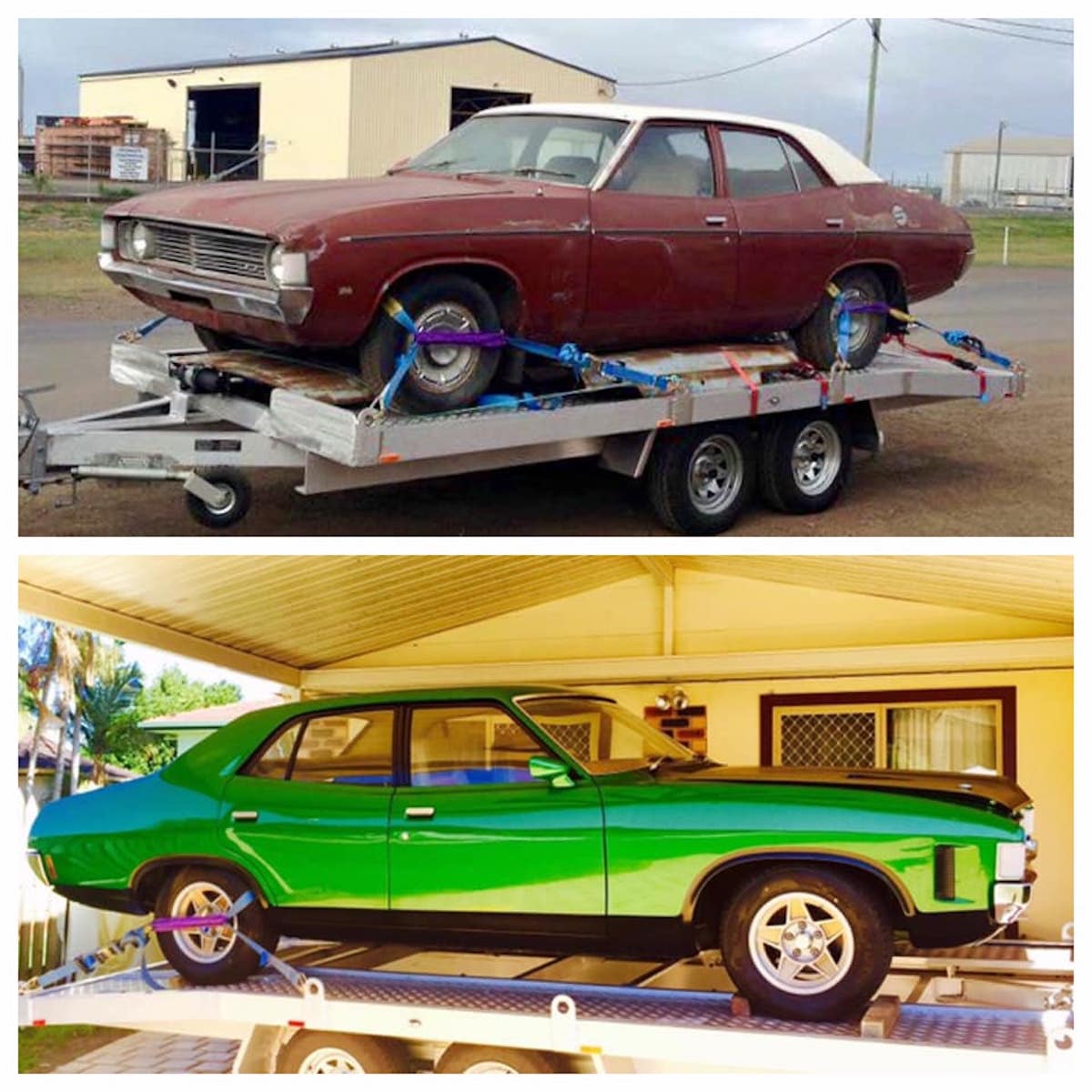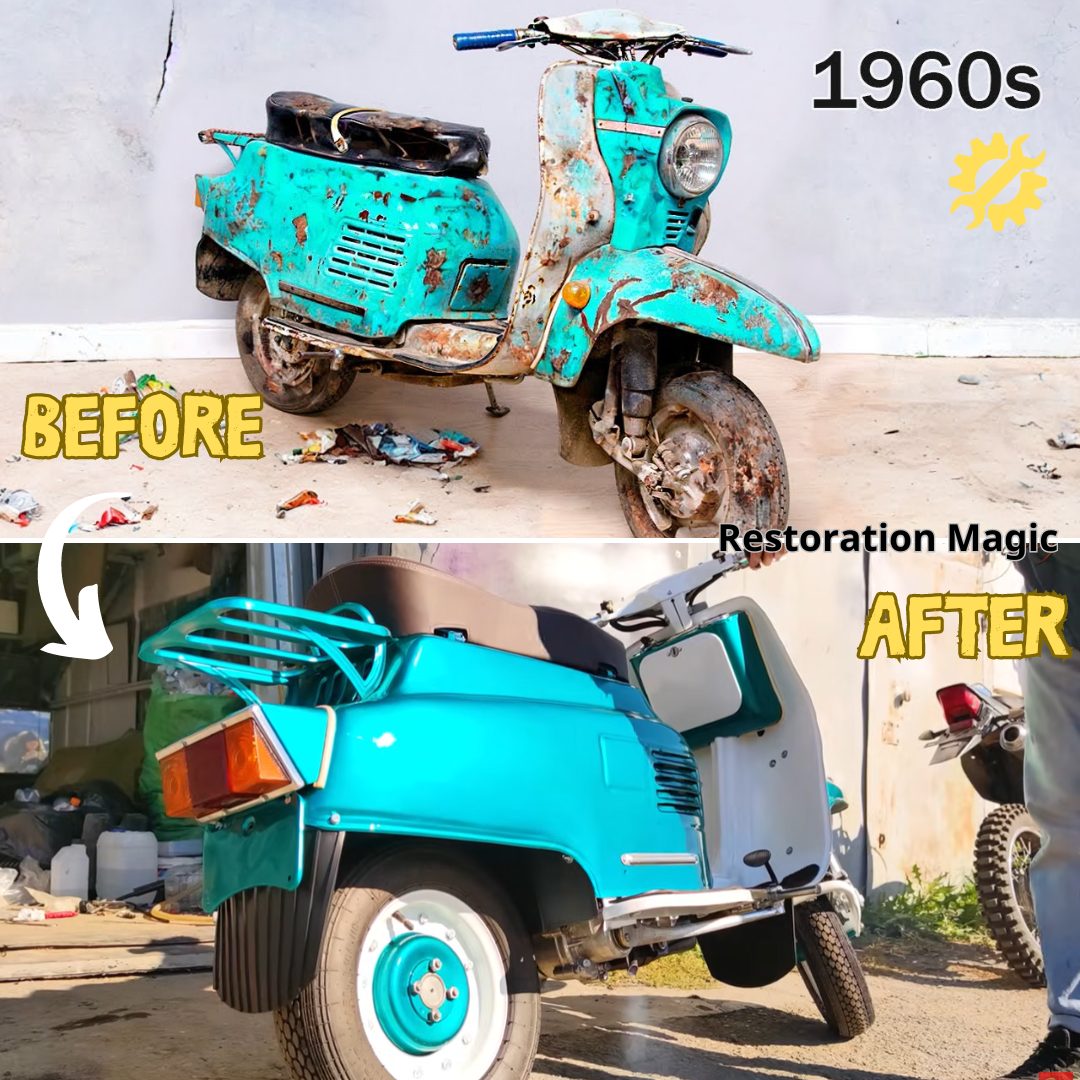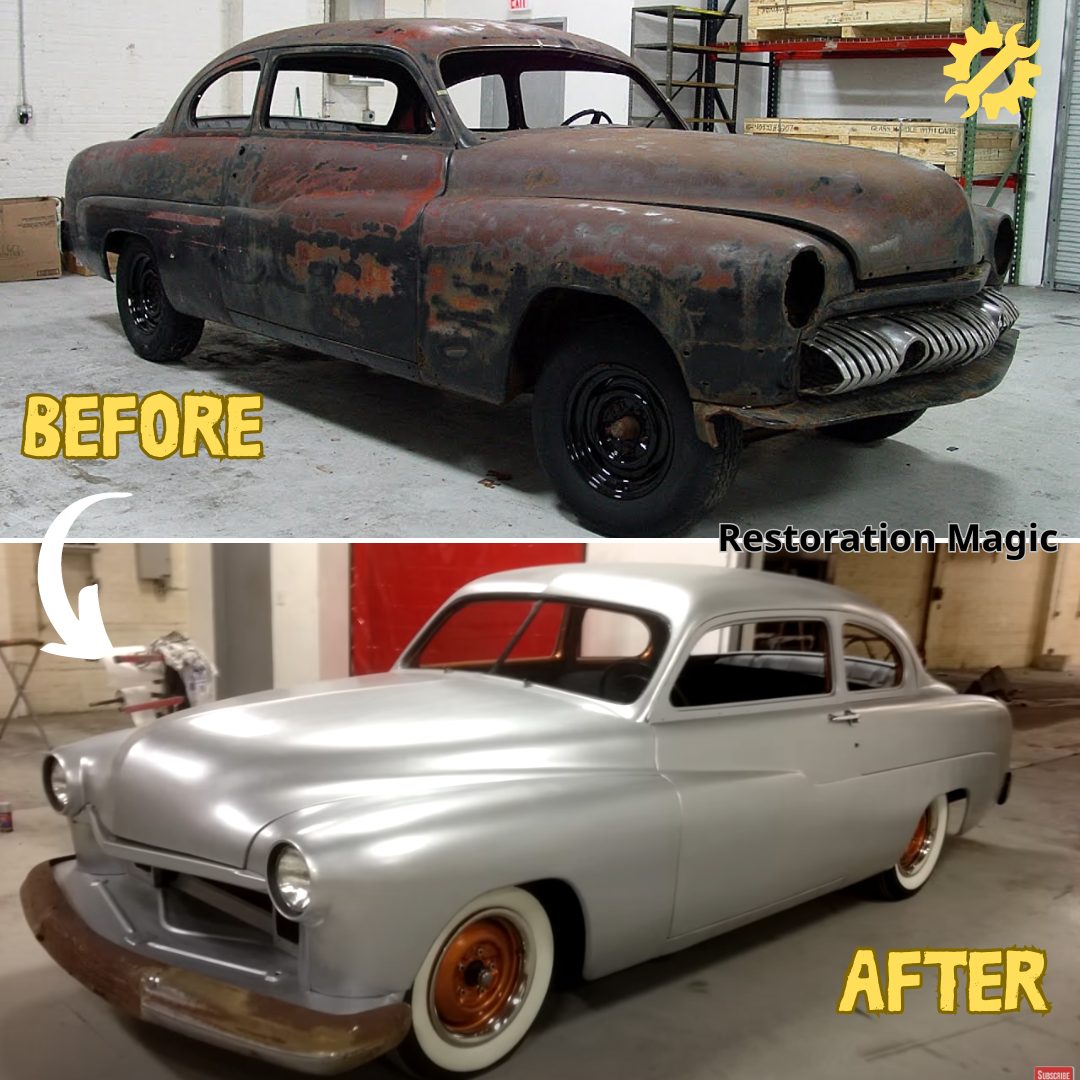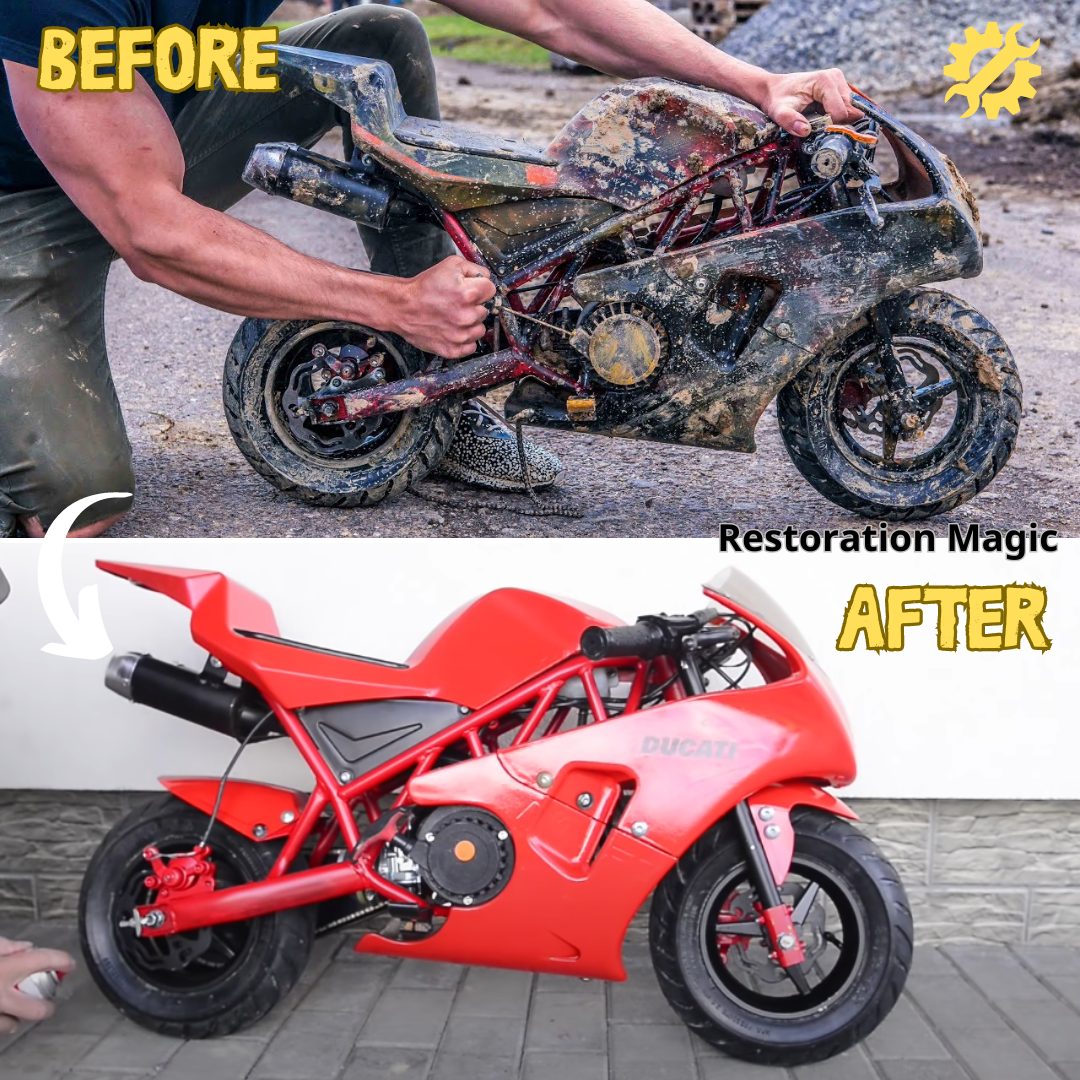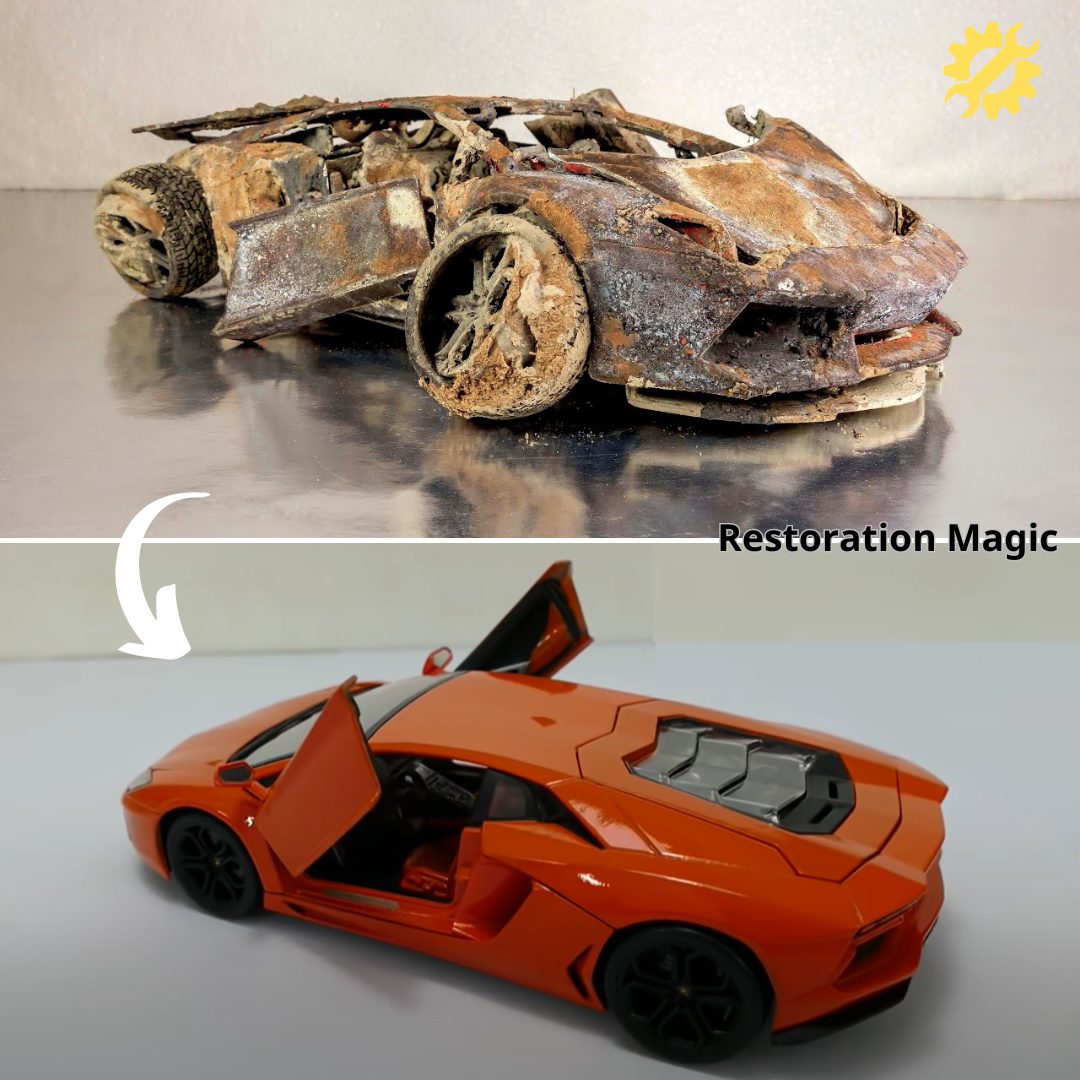When MG faced extinction in 1980, Aston Martin considered to buy the respected British brand – and commissioned engineer Keith Martin and designer William Towns to create a prototype for a more luxurious Aston Martin MGB. Now the car is for sale at Classic Driver.
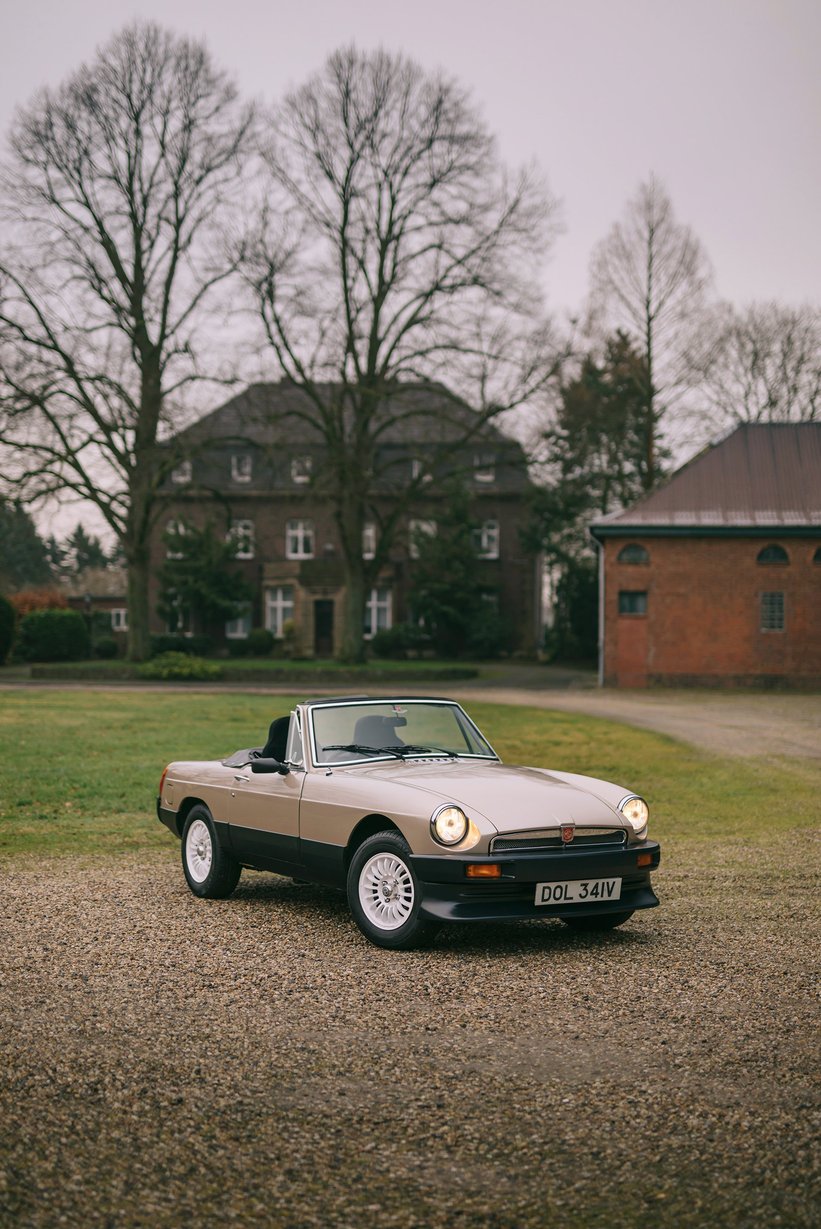
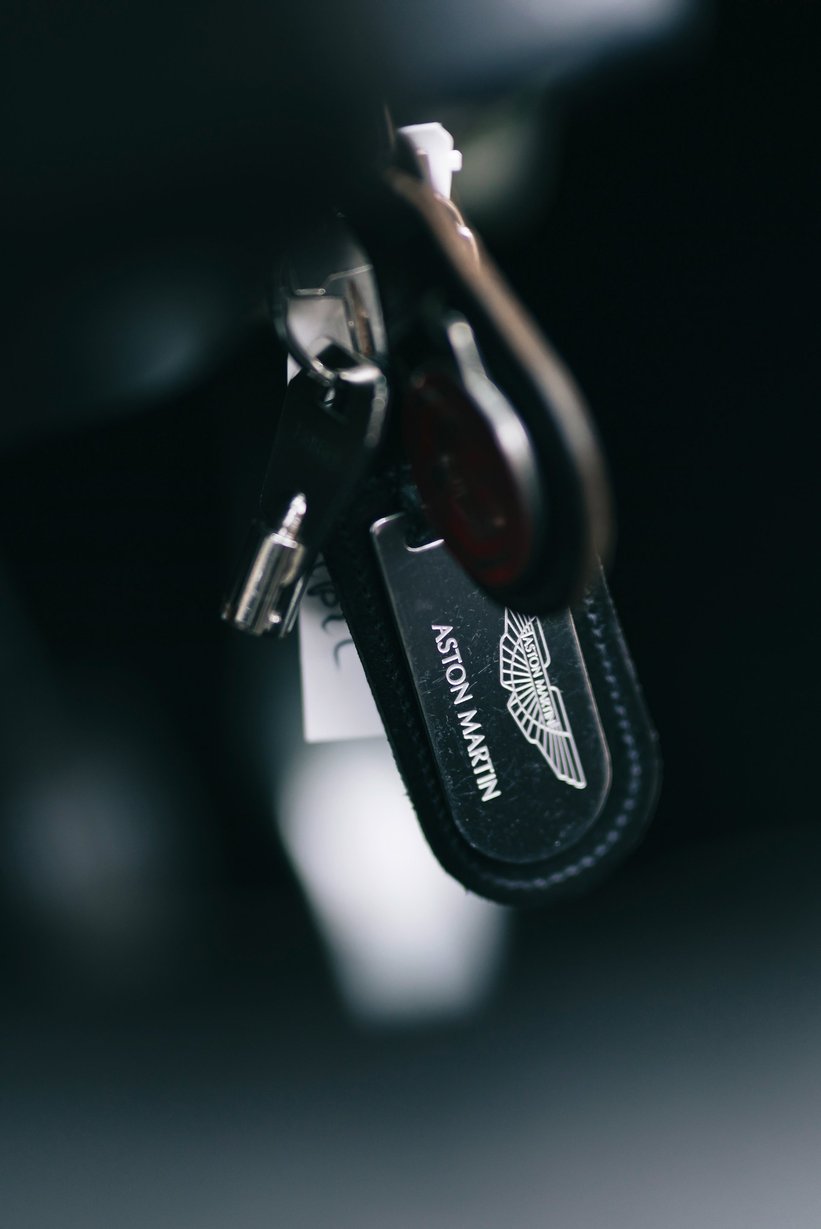
Were we to take a random selection of Classic Driver readers and ask each of them to identify an MGB, we’d expect nothing less than a 100 per cent success rate – after all, the shape of the best-selling classic British sports car of all time is something we can all recognise. Isn’t it? So why does this example that’s up for grabs at Hallier Classic Cars in Ahrensburg, Germany, not look quite as familiar as it should? The answer is that it is a one-off hastily created in 1980 to give an idea of what the ‘B’ of the future might look like at a time when MG and its owner, British Leyland, were teetering on the edge of extinction due to a drastic change in the sterling-dollar exchange rate.
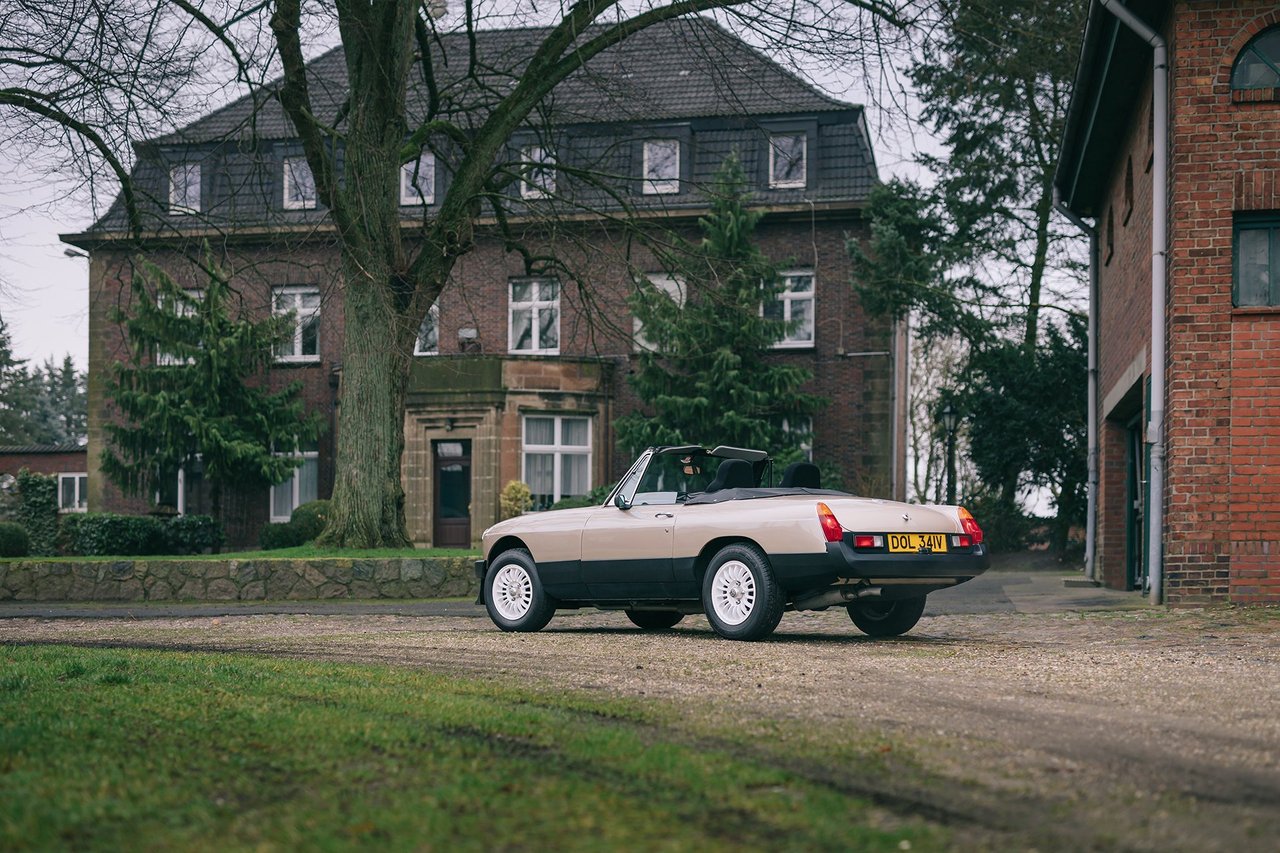
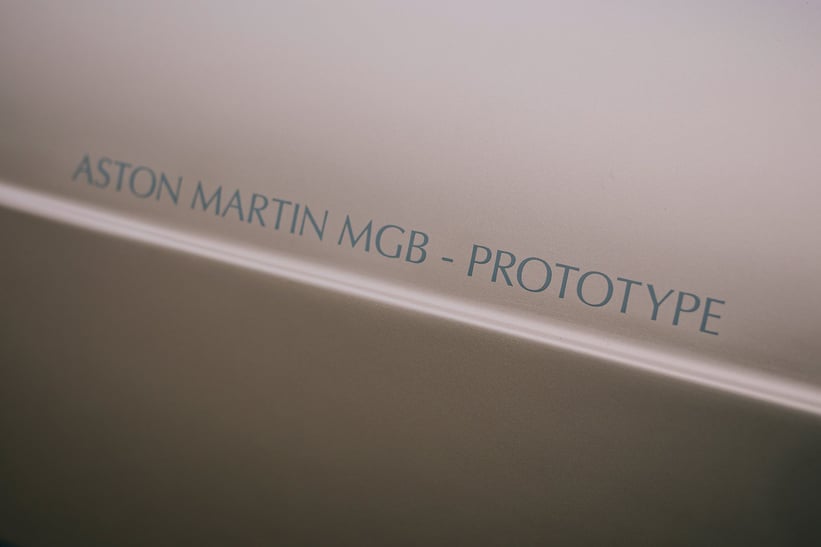
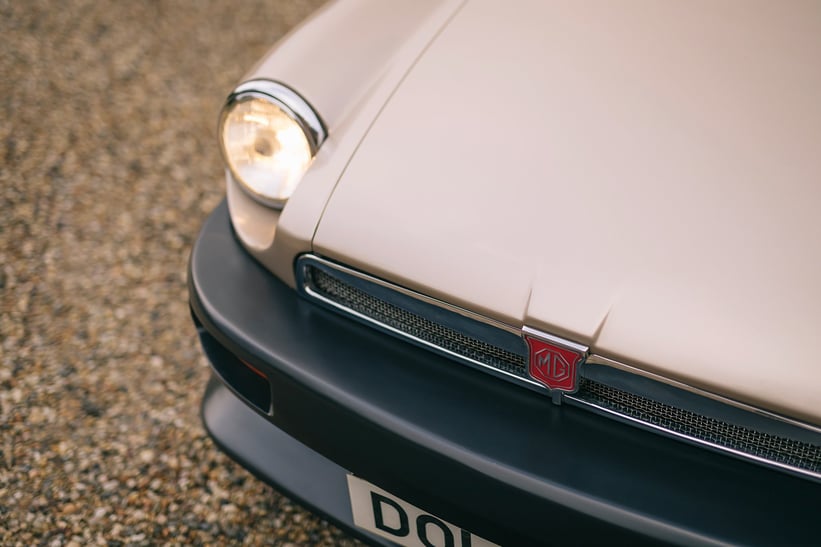
When news of the historic marque’s impending demise got out, the Aston Martin Lagonda board and a consortium of investors jumped-in with an offer to buy the business lock stock and barrel – the production rights, the famous Abingdon plant and the M.G. brand name – for a decidedly generous £30m. The sum (according to one of those notoriously unreliable inflation calculators) would equate to around £120m in today’s money. But the theory was that spending it might have enabled Aston to bolster its fortunes by producing an ‘entry level’ car based on an upgraded ‘B’ and built at the ready-tooled Abingdon plant.
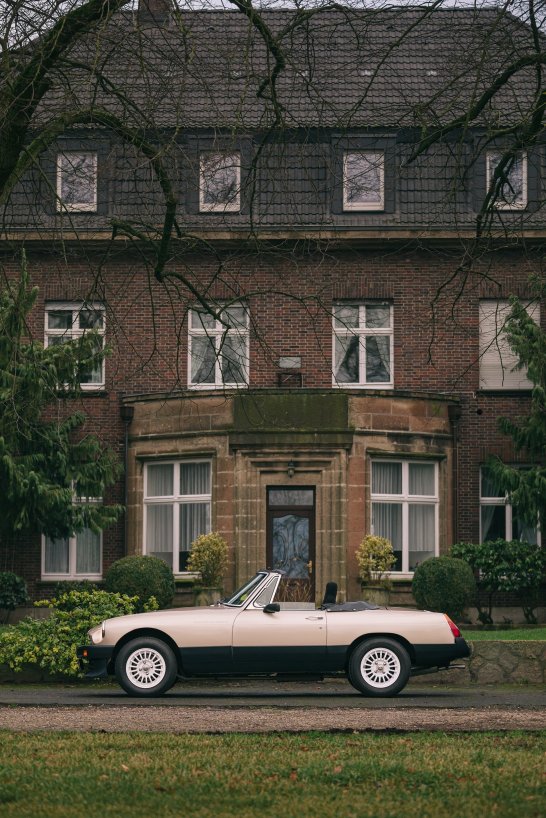

So, in May 1980, AML acquired a new Roadster (that British Leyland had already registered DOL 341V) in order to show that a more luxurious ‘Aston Martin MGB’ really was a potential goer. The of-the-era ‘Russet Brown’ car was taken to Aston’s global HQ ‘Sunnyside’ in Newport Pagnell to be modified to the specifications of a drawing commissioned from the then-freelance designer William Towns, the pen behind creations such as the AM V8, the Lagonda and the one-off Bulldog hypercar.
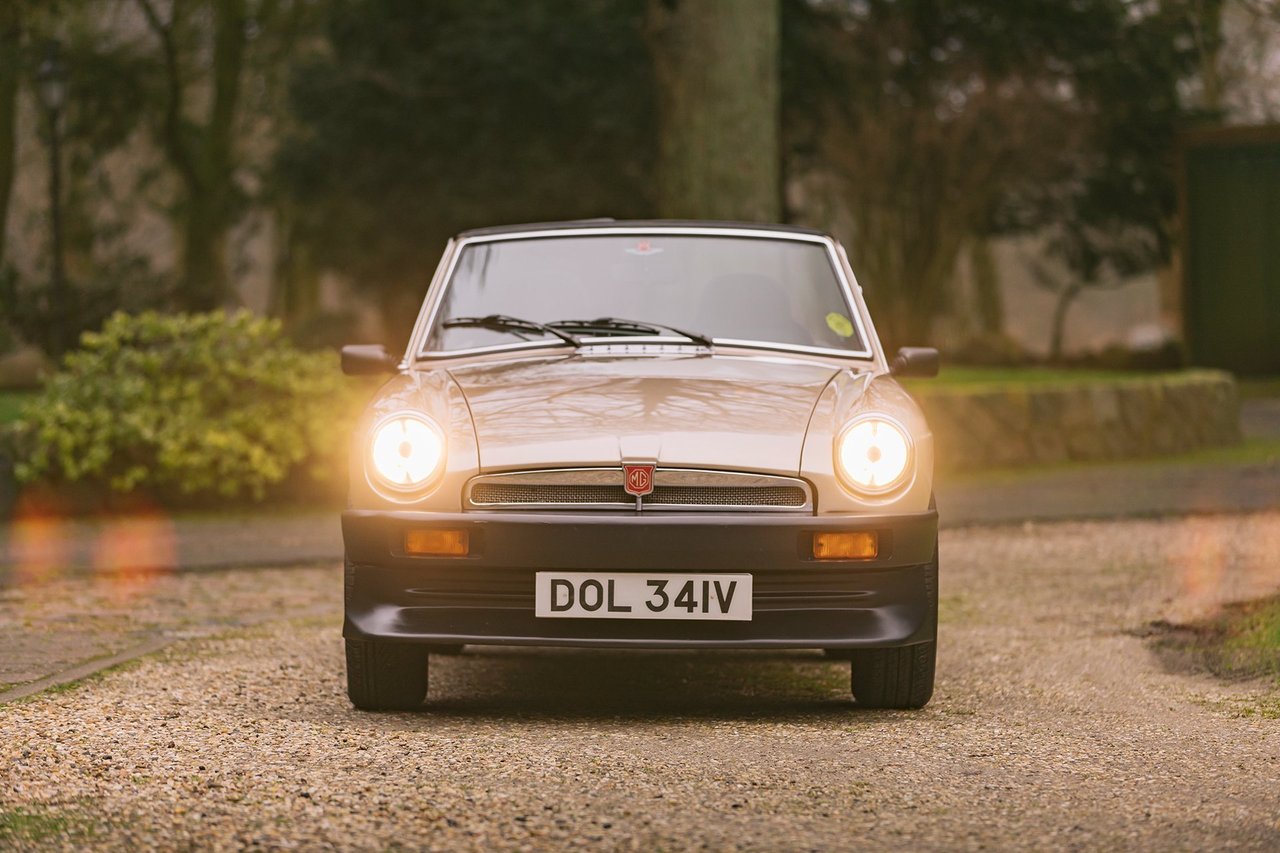
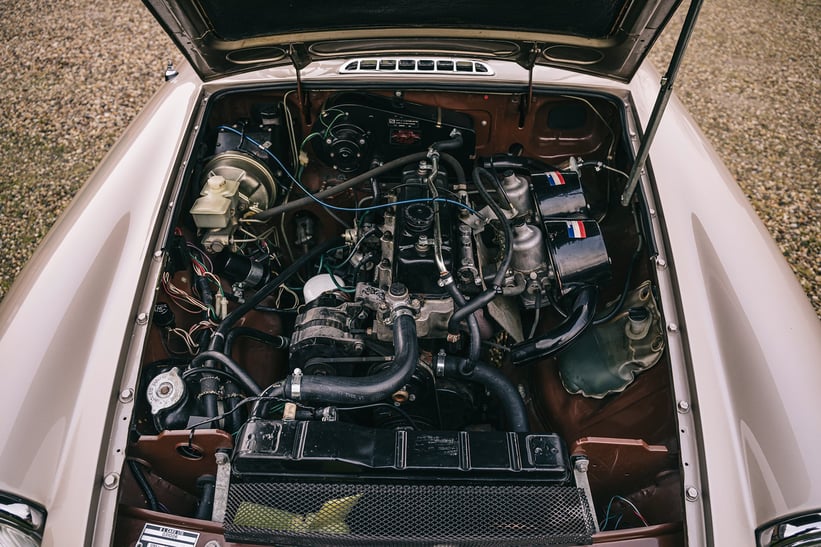
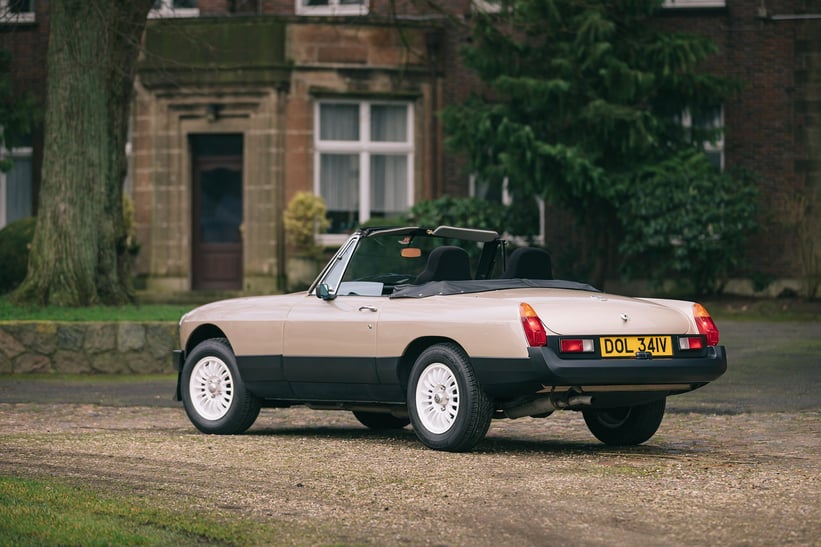
And, on June 19, it was wheeled in to Aston’s ‘special projects department’ with a remit to have it ready to be wheeled out again – just seven days later. The engineer appointed to lead the project was Keith Martin, who was already deeply involved in completing the 200 mph Bulldog in the ‘special projects’ area that had been created at the back of the service department, complete with stud-wall offices, air lines, power points, welding facilities and a drawing office. Knowing that he had been at the heart of the matter, we called Martin (now 72) to ask about the Aston Martin MGB’s creation – and, being a meticulously organised, top-flight engineer he was almost instantly able to put his finger on the very notebook he had used when working on the car almost 42 years ago.
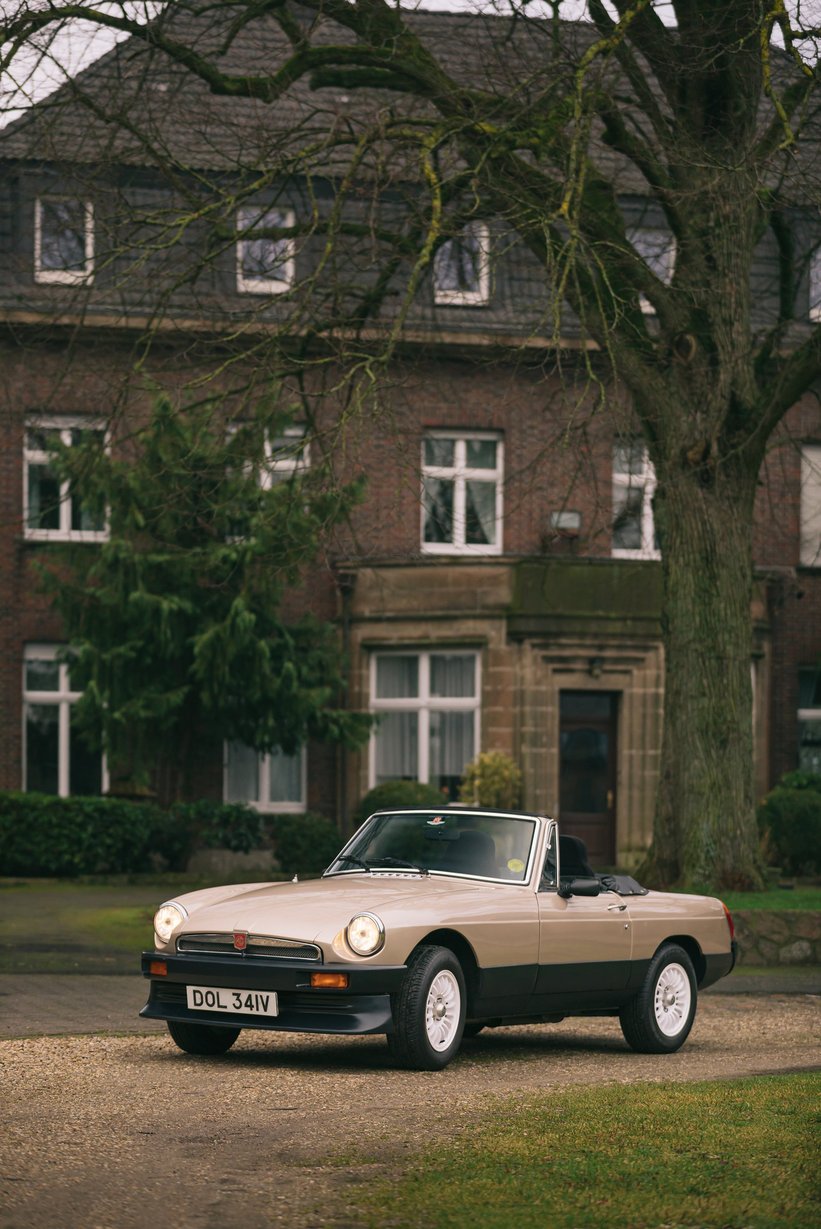
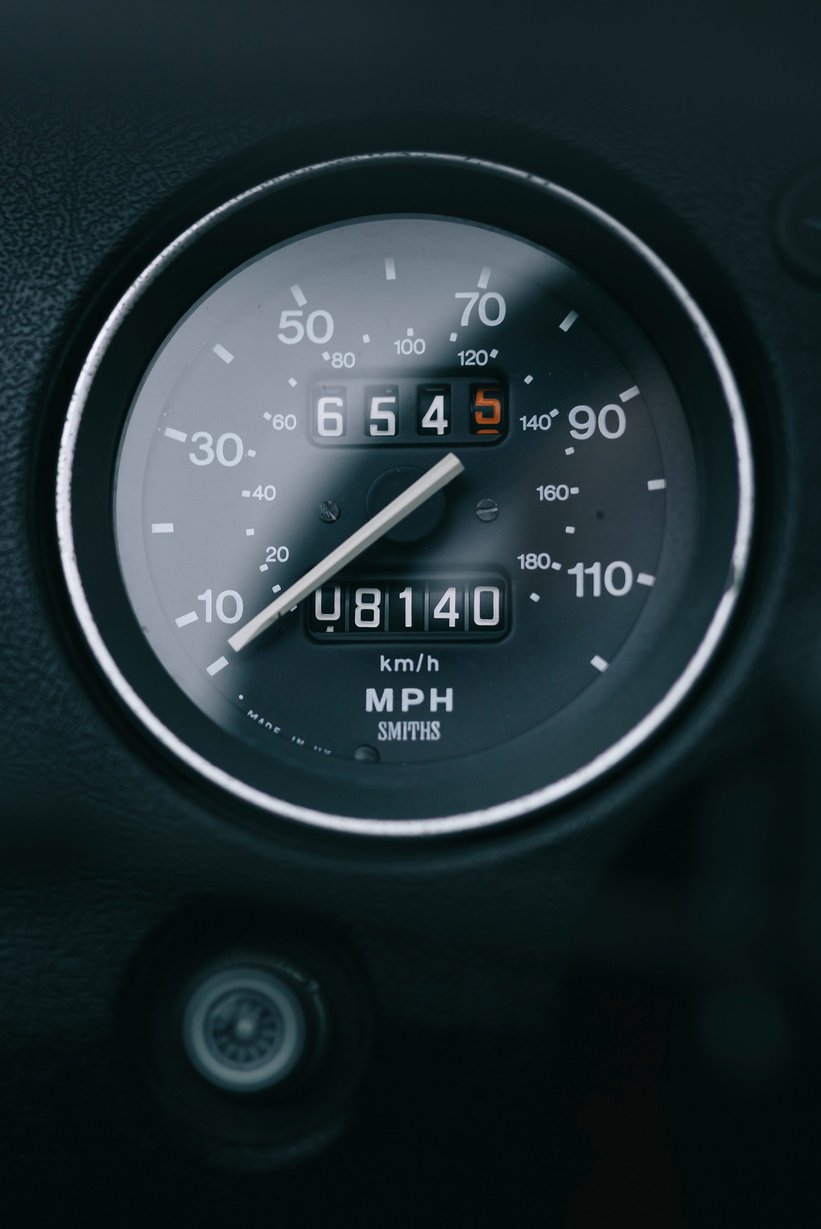
“The Aston board was horrified to hear that MG might disappear, which is partly why they set about trying to buy it – but the deal didn’t go through because Leyland was only prepared to let the factory go, not the marque. In the meantime they commissioned Towns to do what were, literally, a few quick sketches showing his ideas for improving the B, and they are what we had to work with.
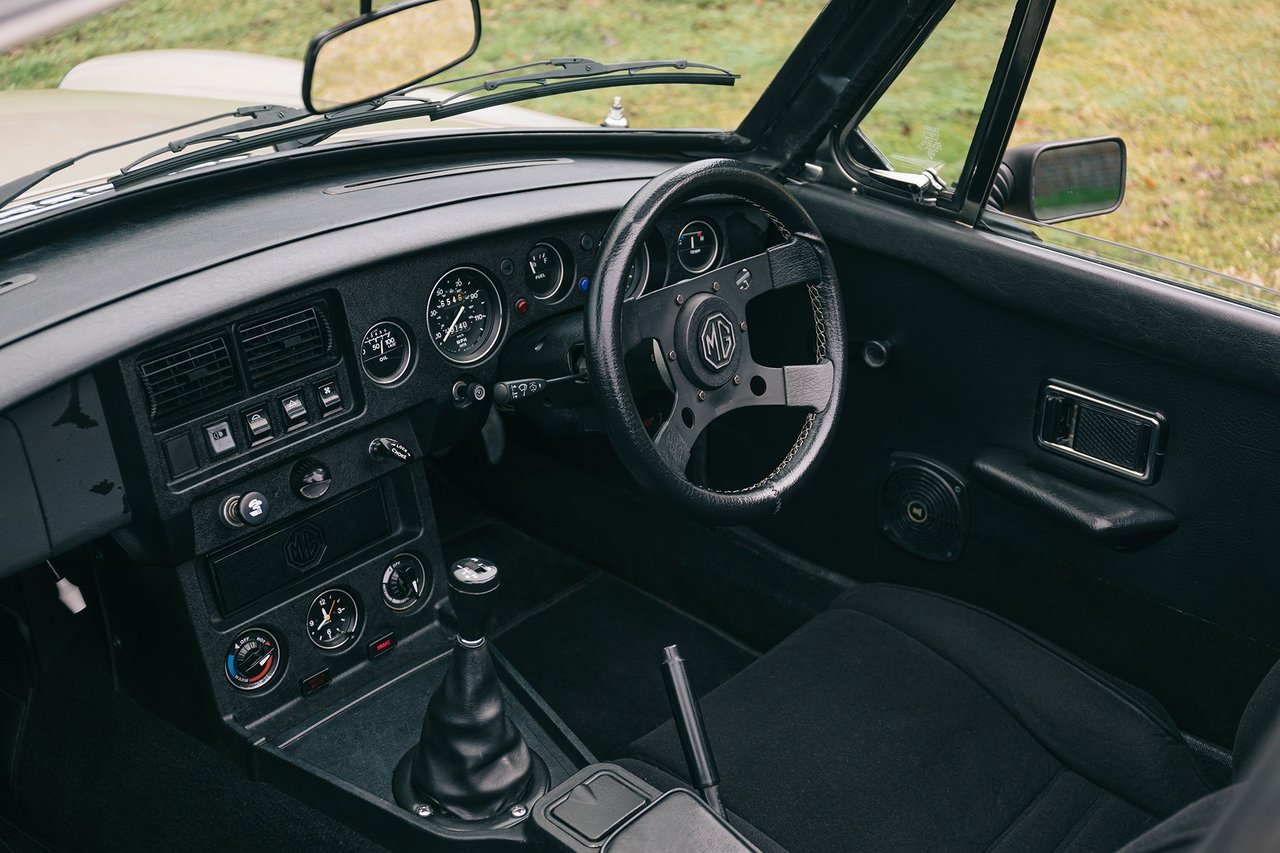
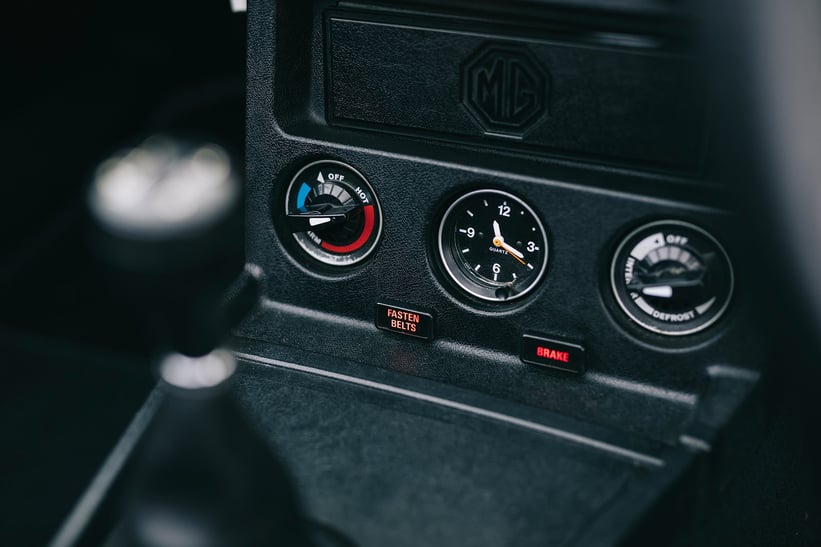
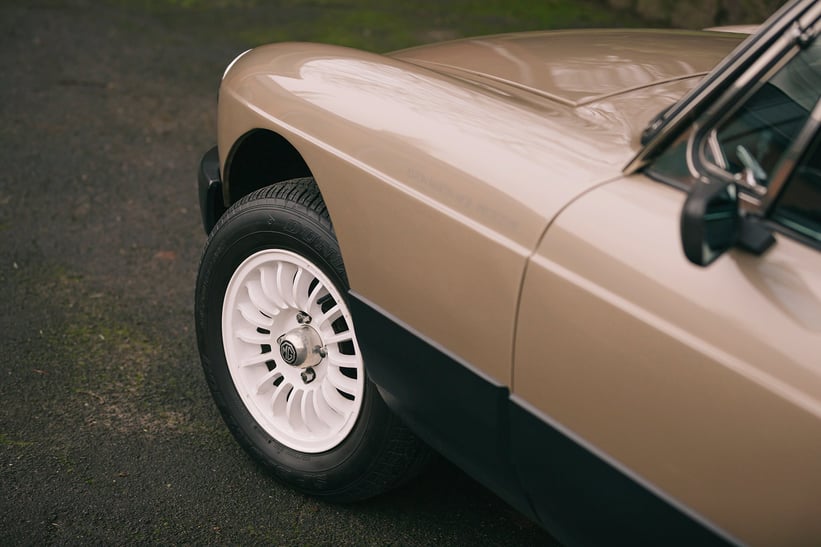
“Our team comprised four sheet metal workers, one trimmer, two fitters and me. According to my notes, we were to make changes to the hood, front bumper and grille, re-model the rear number plate surround, fit the taller screen from a B GT and modify the screen pillars, side windows and front wings. The fuel filler was to re-positioned from the back to the off-side and concealed behind a flap, and an Astrali steering wheel was to be fitted. Towns also specified the side rubbing strips and 14-inch Wolfrace wheels, but he originally wanted Recaro seats. Fairly typically, he hadn’t measured the amount of available space and they wouldn’t fit – so we ended up using Wolfrace seats as well.”
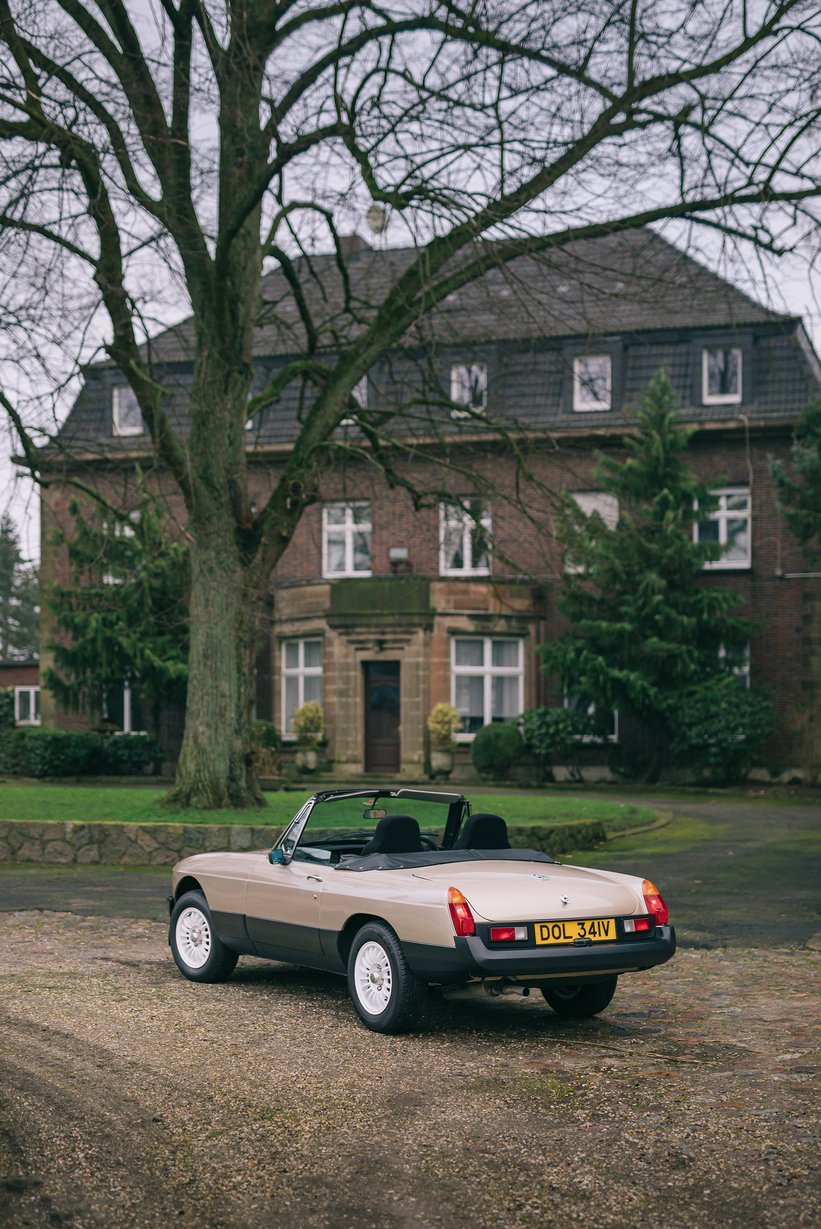
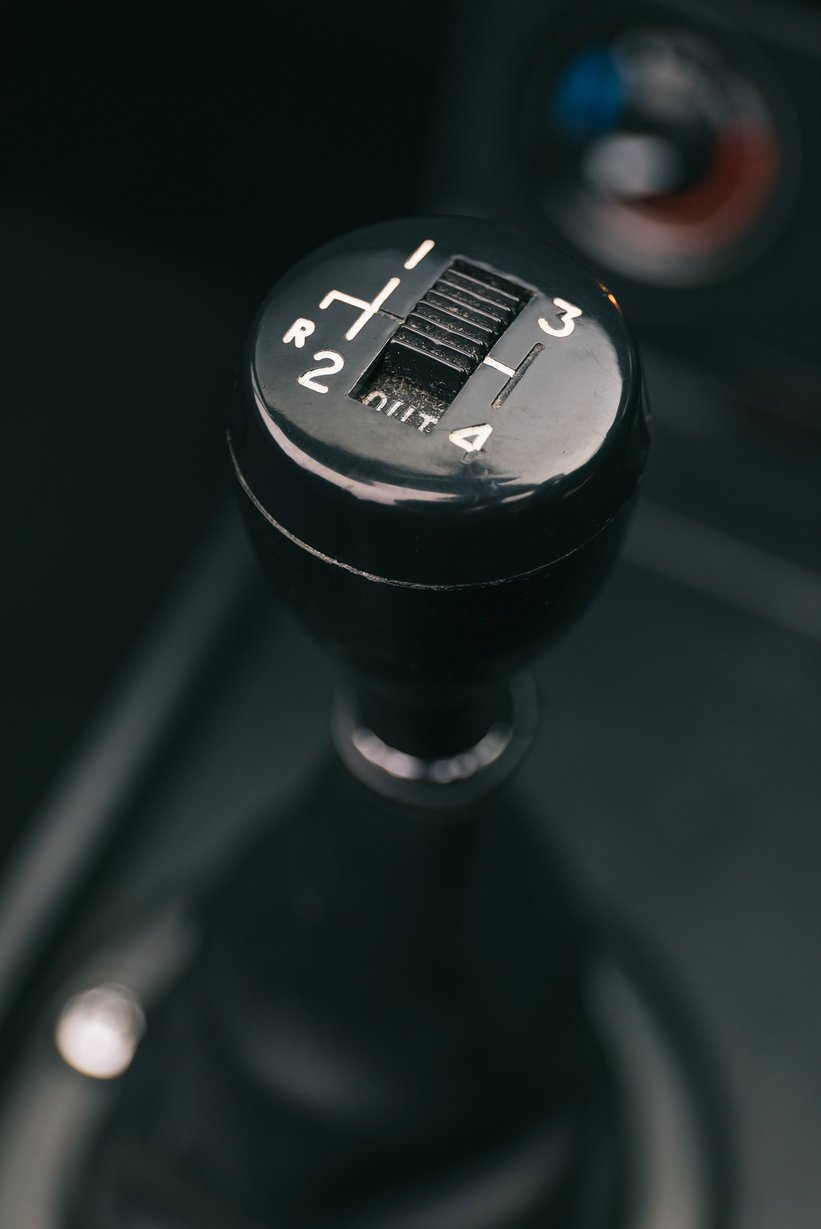
Martin recalls making various trips to Pressed Steel Fisher at Cowley in order to collect parts and working ‘a fair number of overtime hours’ to get the car finished – something that the team achieved on June 25, almost an entire day ahead of schedule. One of the first people to see it, resplendent in its fresh coat of ‘Metallic Oyster’ paint, was a Mr Adams from local MG dealer Henlys. He had been asked to bring a standard ‘B’ to Newport Pagnell both in order that it could be compared with the Aston Martin version and so he could give his opinion on the commercial potential of the result. “He seemed to like it, but wasn’t too keen on the front bumper, the shape of the hood or the seats,” says Martin.
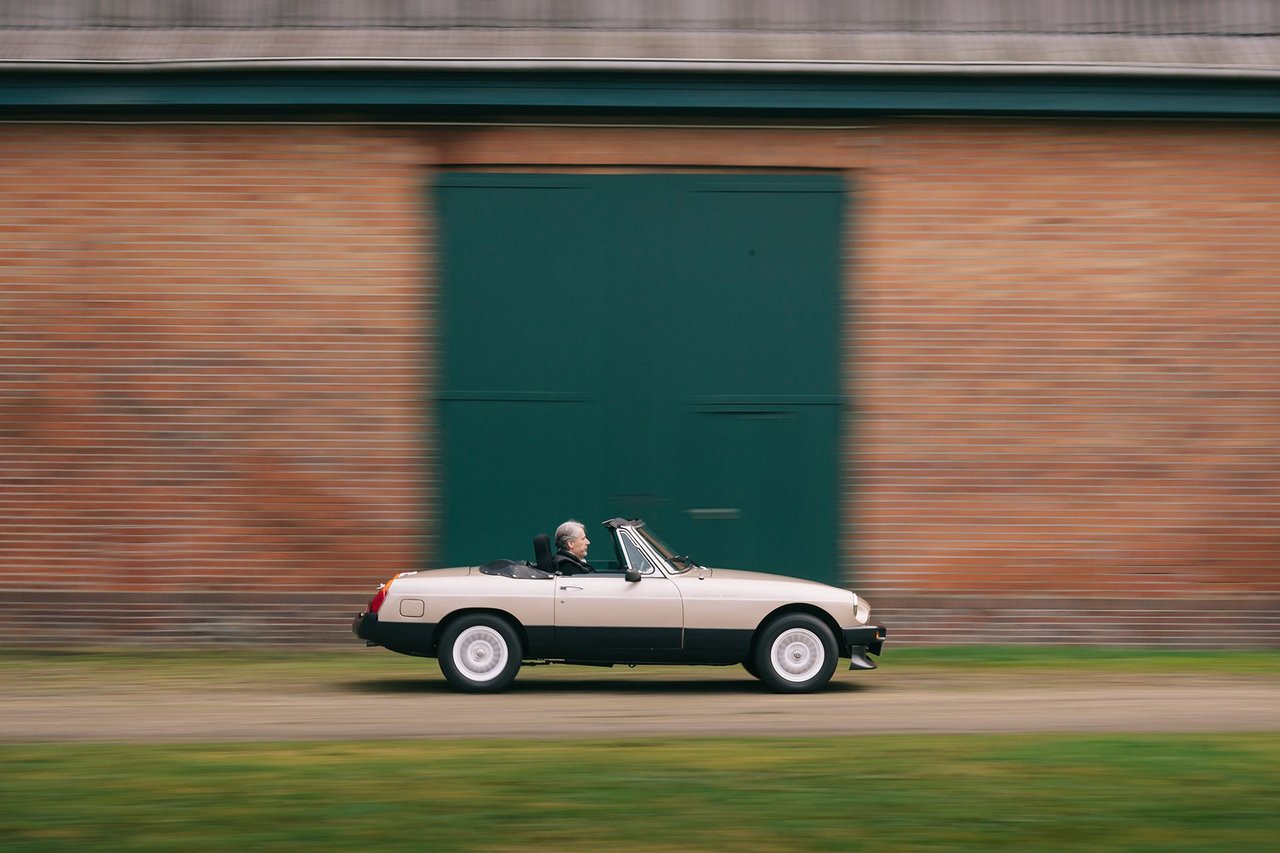
In the event, Mr Adams’s opinion was of little consequence as the breakdown of talks between Aston Martin and British Leyland meant DOL 341V was ‘surplus to requirements’ and, recalls Martin, the car was simply sold-off to a private buyer called Mr. Ian May in July 1984. Within four months of the project’s completion, the Abingdon MG plant was shut down, thousands of jobs were lost and production of the ‘B’ in all its forms came to an end after an impressive 17-year production run. Which, we reckon, makes this last-of-the-line one-off with little more than 13,000 km on the clock a highly desirable piece of British automotive history – not to mention a very entertaining car with which to play ‘spot the difference’ with any self-proclaimed MG ‘experts’.
Photos: Roman Rätzke for Classic Driver © 2022
